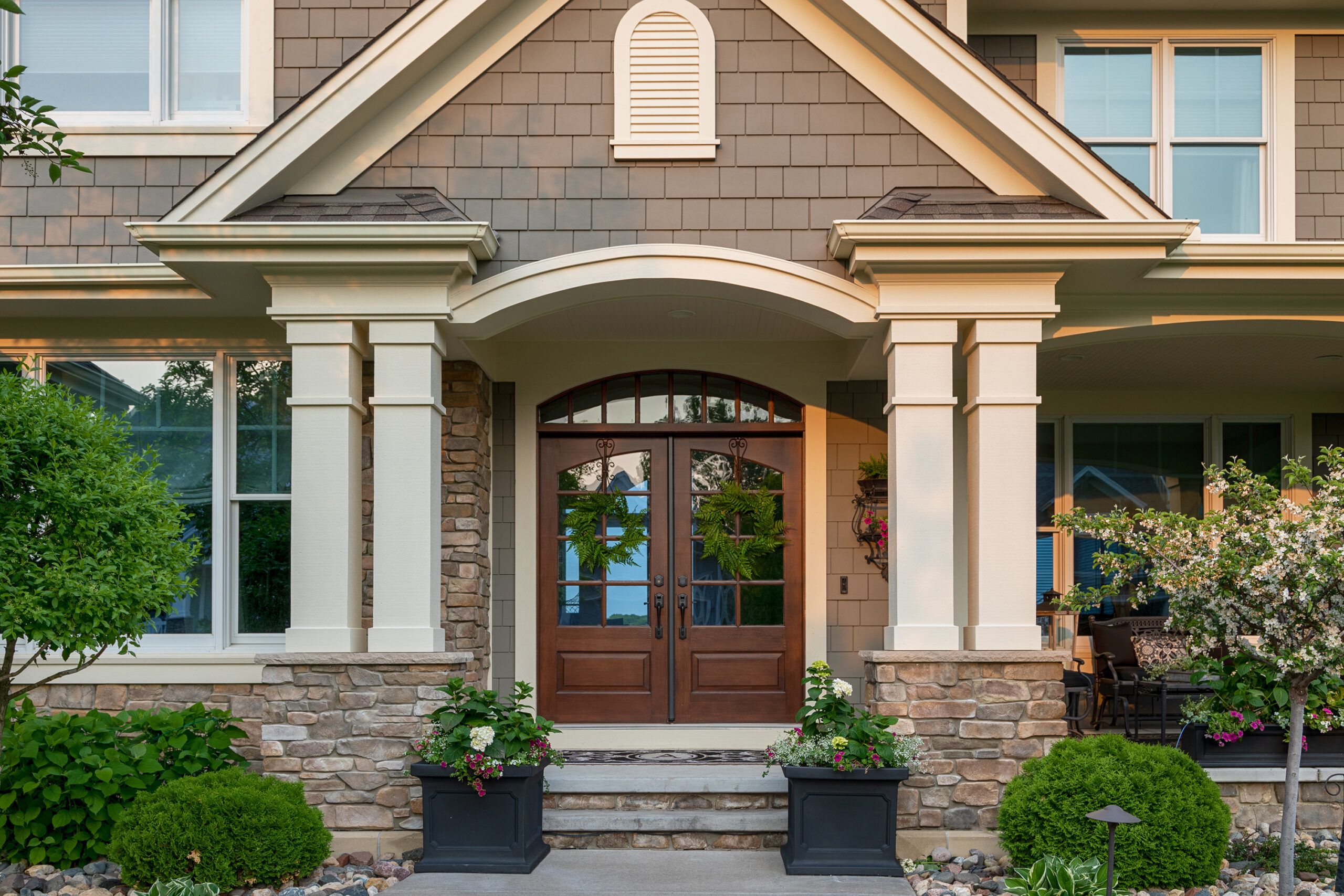Learning how long your home’s appliances, structural elements, or large systems last can help you to budget for eventual repairs and replacements. Homeowners who prepare for wear and tear will be readiest to pay for home improvement jobs. Read our guide below for insights into the lifespans of different parts of your home, as described by the International Association of Certified Home Inspectors.
Lifespans of Home Appliances
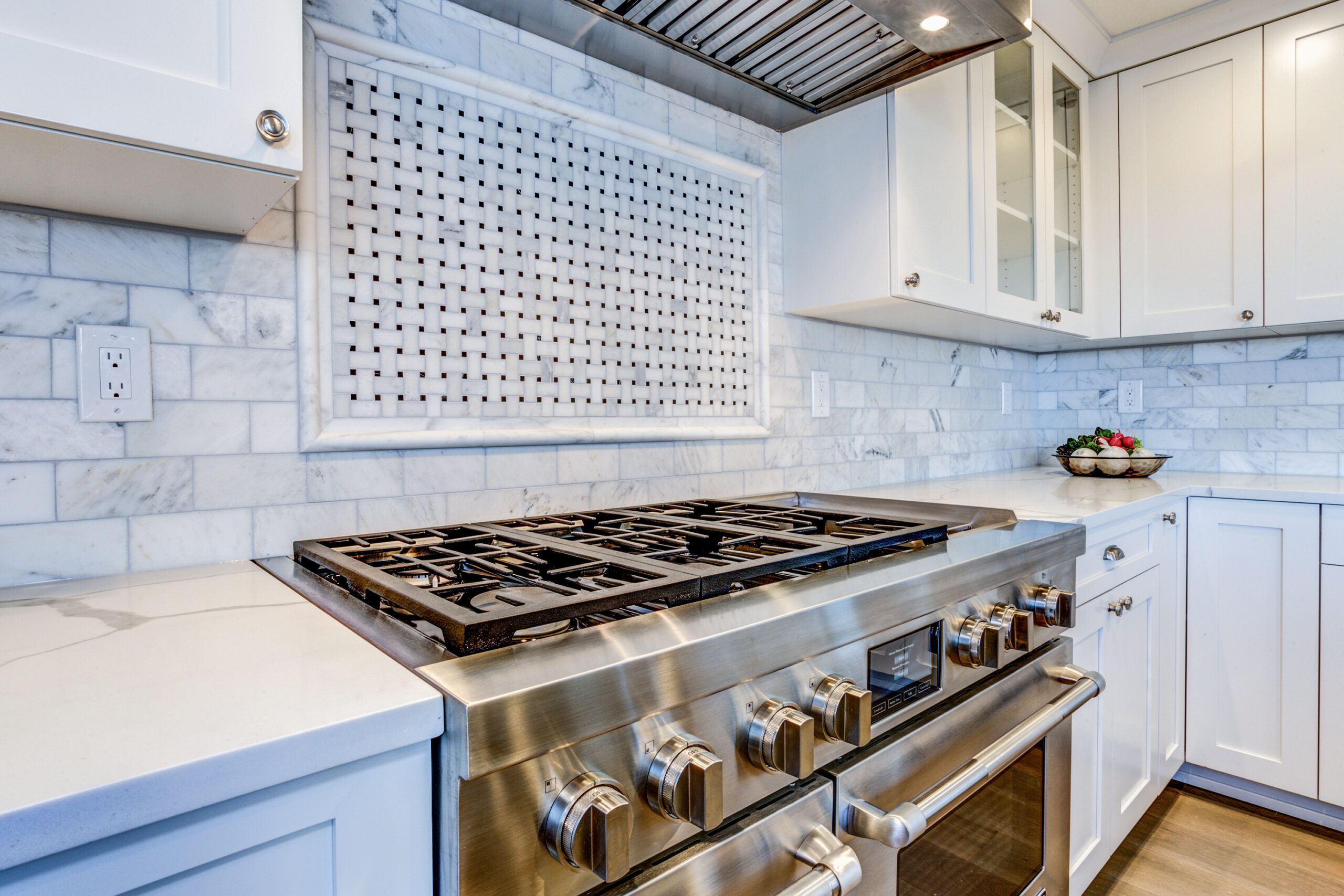
Home appliances and systems don’t last forever, and knowing the expected lifespans of each can help you to properly maintain them and prepare for eventual replacements
Kitchen Appliances
The lifespans of different kitchen items vary, and depend on usage and maintenance. Below are the typical lifespans:
- Dishwashers: Nine years
- Electric ranges: 13-15 years
- Freezers: 10-20 years
- Garbage disposal: 12 years
- Gas ranges: 15-17 years
- Microwave ovens: Nine years
- Refrigerators: Nine to 13 years
- Trash compactors: Six years
Laundry Appliances
Washers and dryers work constantly in most homes, but proper care and timely repairs can extend their lifespans. Below are typical lifespans:
- Washer: Five to 15 years
- Dryer: 13 years
Small Appliances
Small kitchen appliances, such as toasters, coffee makers, and blenders, usually have shorter lifespans than large appliances. Homeowners frequently replace these appliances because of advances in technology or updated design schemes too.
HVAC Systems
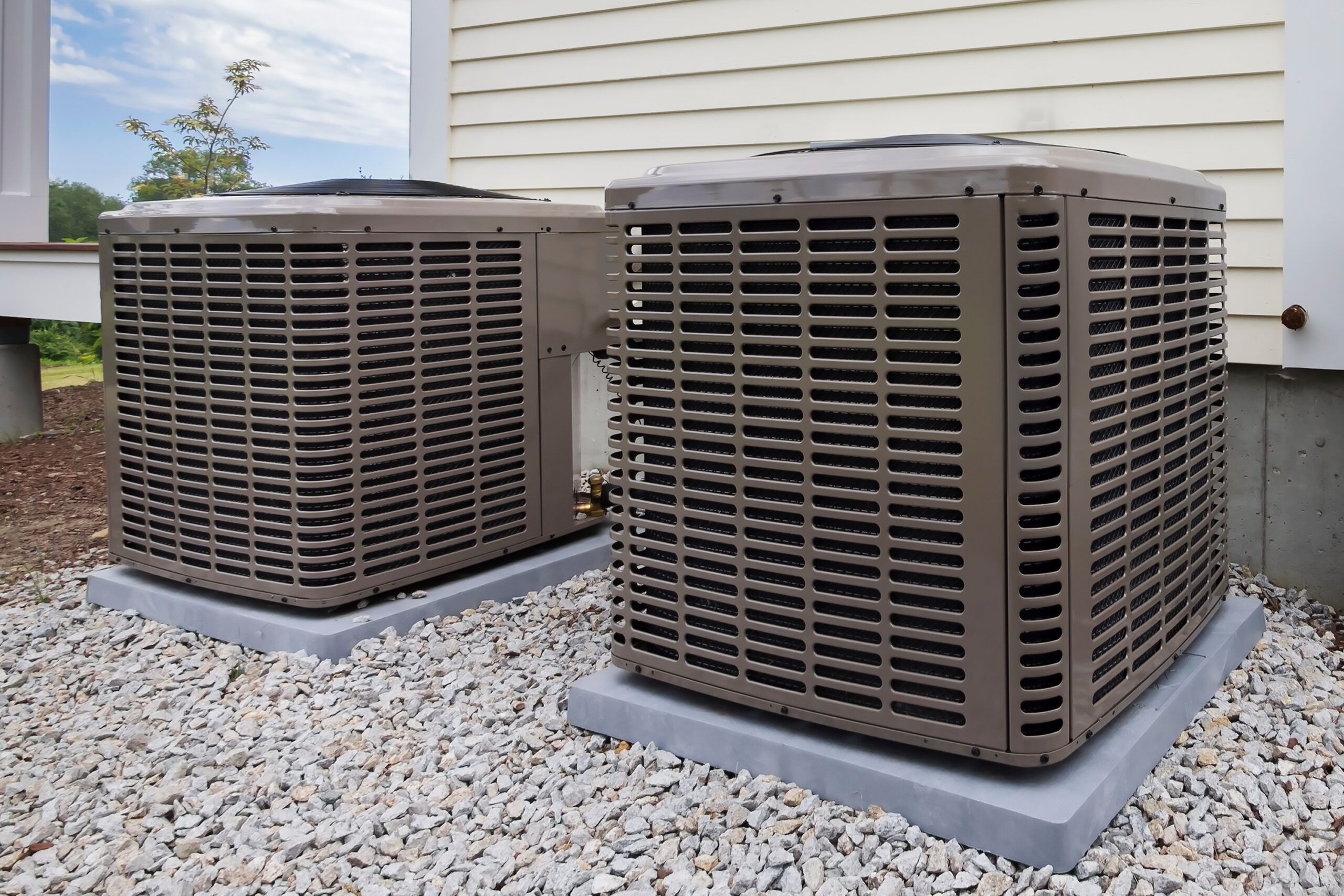
The lifespans of heating, ventilation, and air conditioning systems depend on usage, maintenance, and environmental factors.
Heating
Improve the lifespans of your home’s heating elements by keeping up with maintenance tasks such as changing filters and scheduling professional checkups. Maintain proper ventilation and fix airflow blockages to keep your system running smoothly:
- Boiler: 40 years
- Electric radiant heater: 40 years
- Furnace: 15-25 years
- Gas fireplace: 15-25 years
- Heat pump: 10-15 years
Air Conditioning
Climate, usage, and maintenance collectively dictate how long an air conditioning system can last. Units may have shorter lifespans in coastal areas because of exposure to salt air. Regularly cleaning or replacing filters, checking refrigerant levels, and keeping outdoor units free from debris can extend the lives of your AC units. Below are typical lifespans of different parts of AC systems:
- Attic fan: 15-25 years
- Central AC: Seven to 15 years
- Condenser: Eight to 20 years
- Ductwork: 60-100 years
Water Heaters
Tankless water heaters are expensive upfront, but they last longer than other types of heaters. Extend the life of your conventional water heater by flushing the tank to remove sediment and regularly inspecting valves:
- Conventional (tank) water heaters: Six to 12 years
- Instant (tankless) water heaters: 10 years
Thermostats
Some thermostats last for up to 35 years, but most homeowners replace them more frequently because of advancements in technology.
Structural Elements: The Backbone of Your Home
The structural components of your home are designed to last for decades, but they still require attention and occasional updates.
Roofing Materials
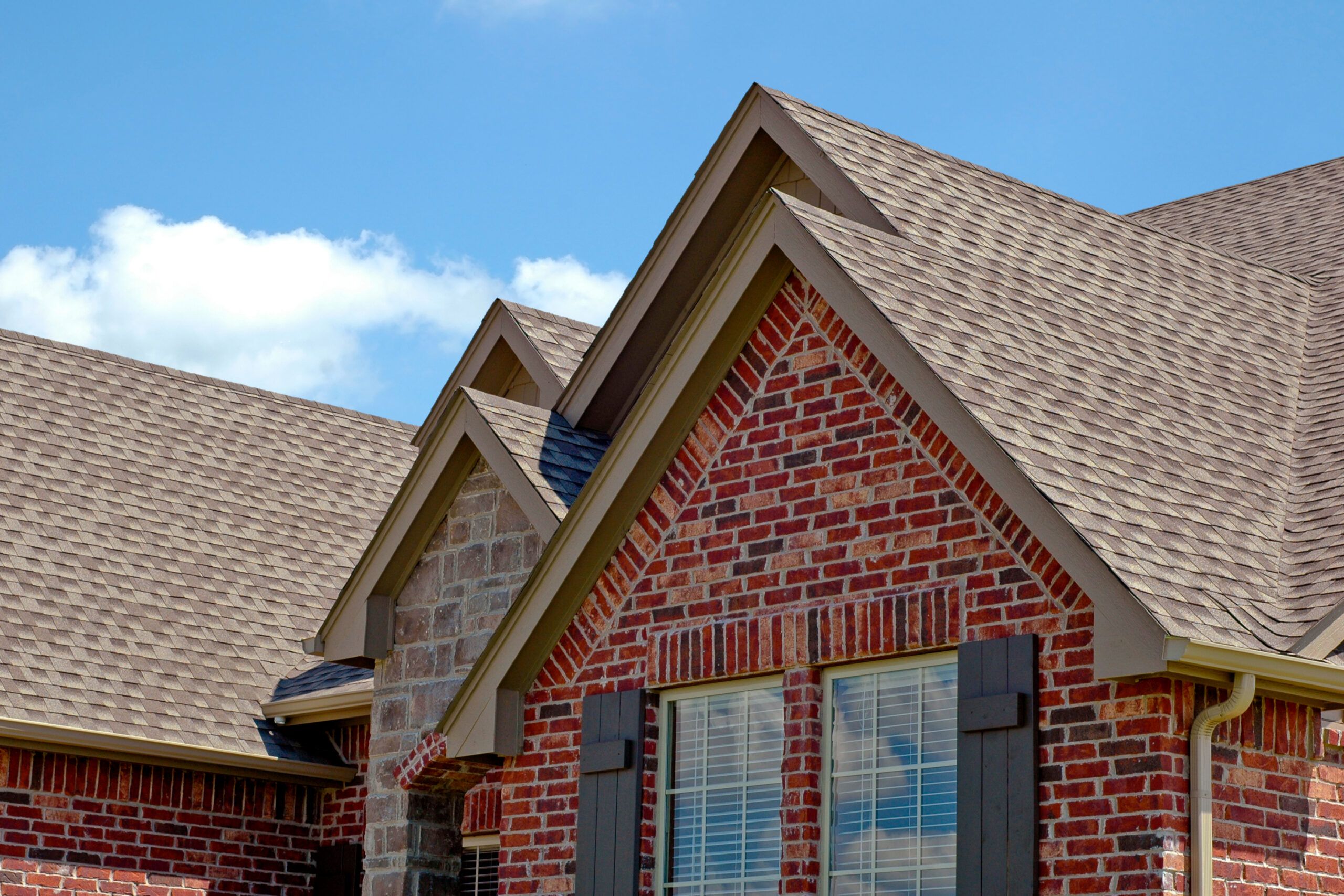
The lifespans of roofs vary significantly depending on material, the climate, and how well you keep up with maintenance. Regular roof inspections and timely repairs can prevent small issues from developing into major problems. Read more about typical lifespans of different roofing materials below.
- Asphalt shingles: 20 years
- Clay/concrete: 100+ years
- Copper: 70+ years
- Fiber cement: 25 years
- Metal: 40-80 years
- Slate: 60-150 years
- Wood: 25 years
Windows and Doors
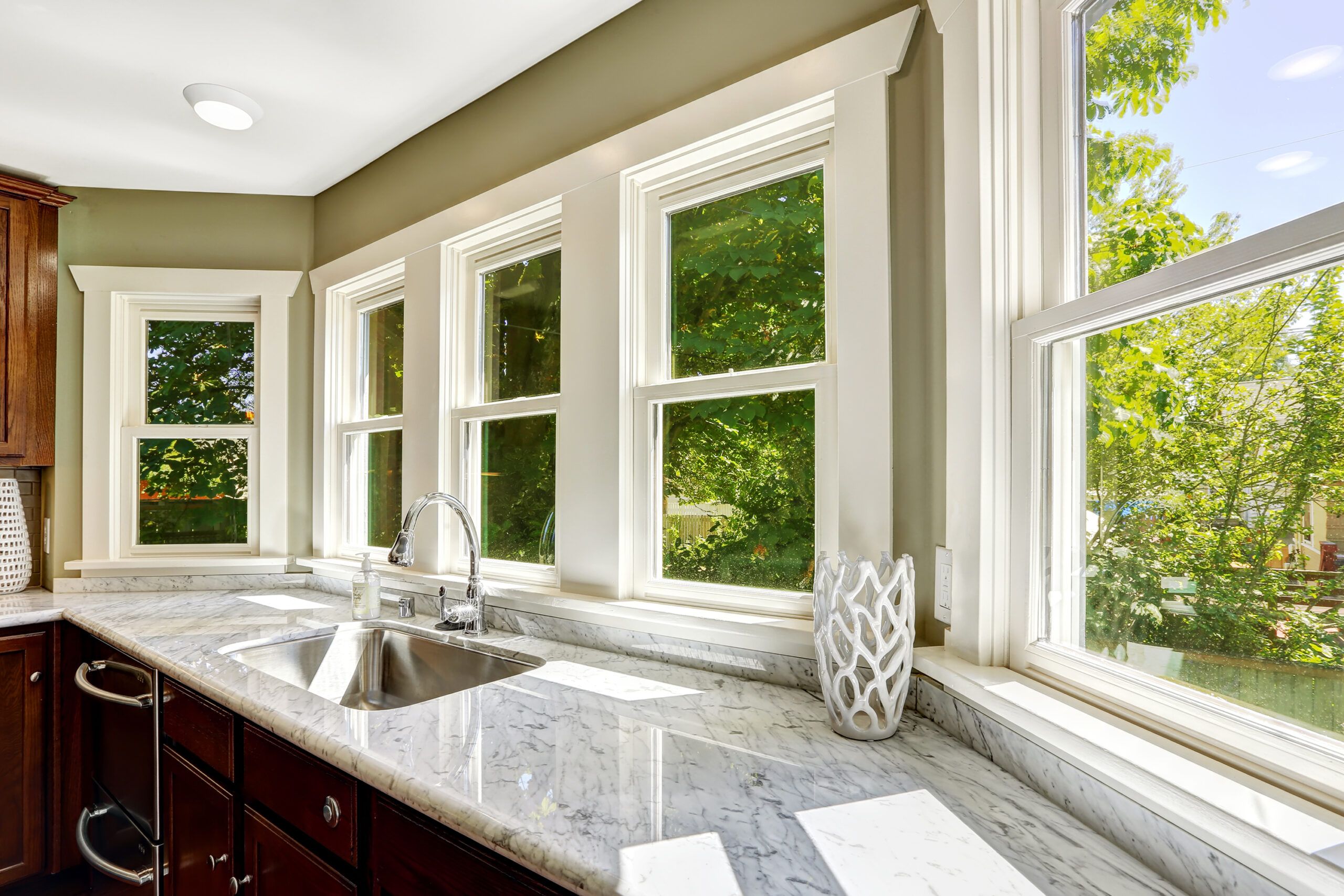
Extend the lives of your windows by quickly fixing broken seals and frames, or addressing issues with drafts and moisture. Read about the life expectancy of different window types below.
- Aluminum windows: 15-20 years
- Skylights: 10-20 years
- Vinyl or fiberglass windows: 20-40 years
- Wood windows: 30+ years
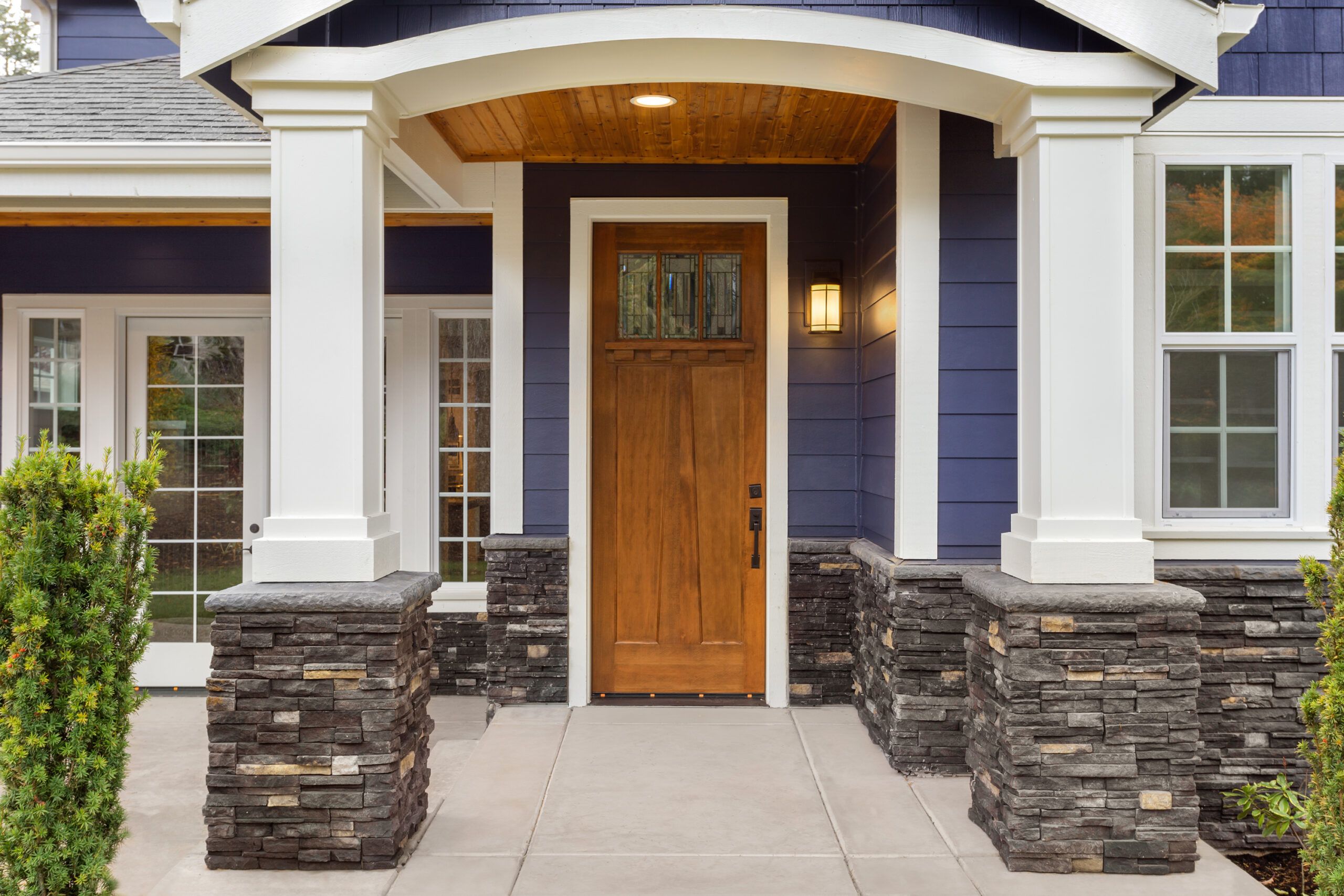
Regularly inspect your doors for drafts, damage, or sticking, and fix issues as they arise. The typical lifespans of different doors are below.
- Closet doors: 100+ years
- Fiberglass exterior doors: 100+ years
- French interior doors: 30-50 years
- Screen exterior doors: 30 years
- Vinyl exterior doors: 20 years
- Wood exterior doors: 100+ years
- Wood interior doors: 20-100+
Insulation
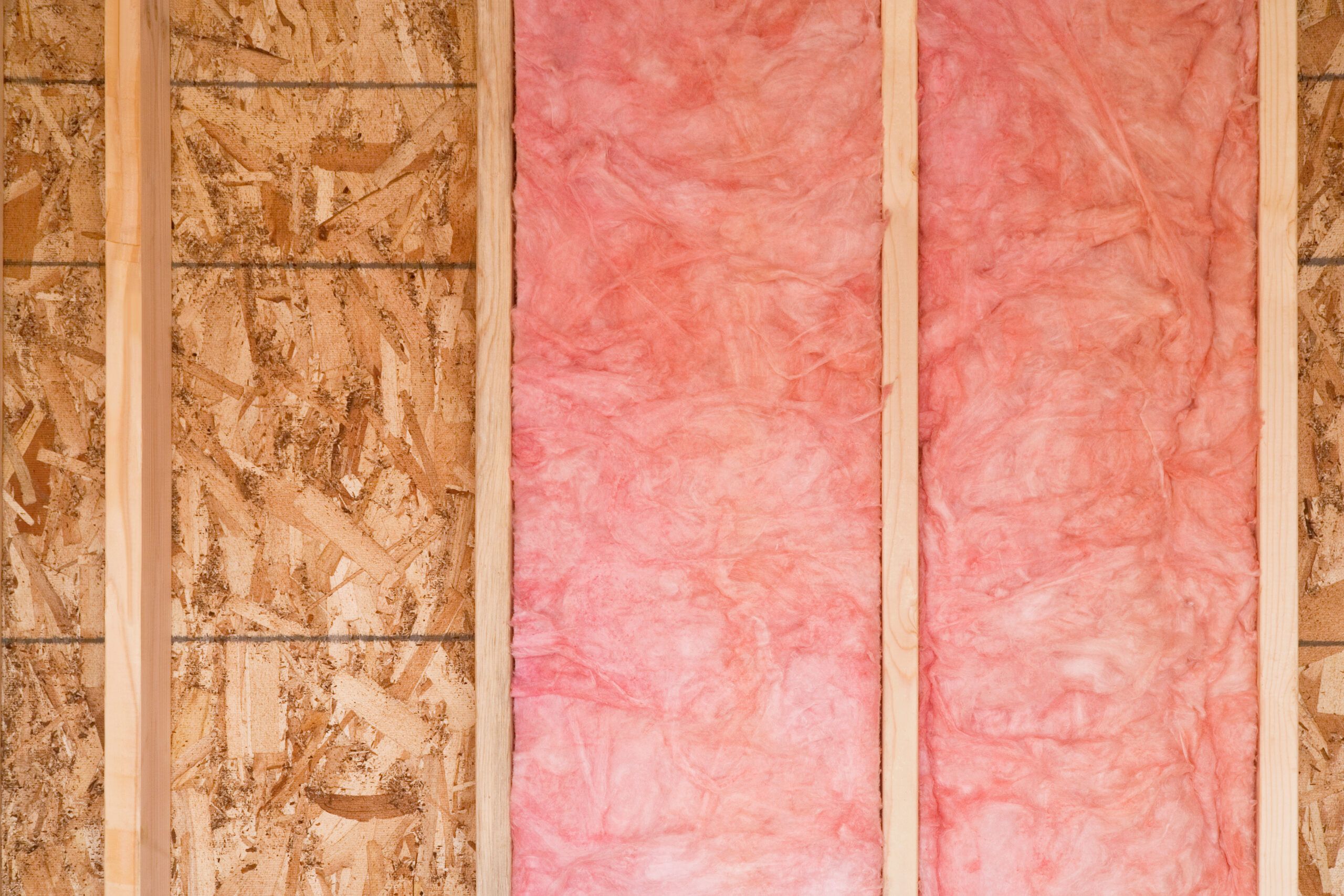
Different insulation types, such as loose fill, house wrap, and batts/rolls, can last a lifetime. Keep your insulation dry and away from UV rays, and inspect for punctures, cuts, or burns regularly.
Concrete and Masonry
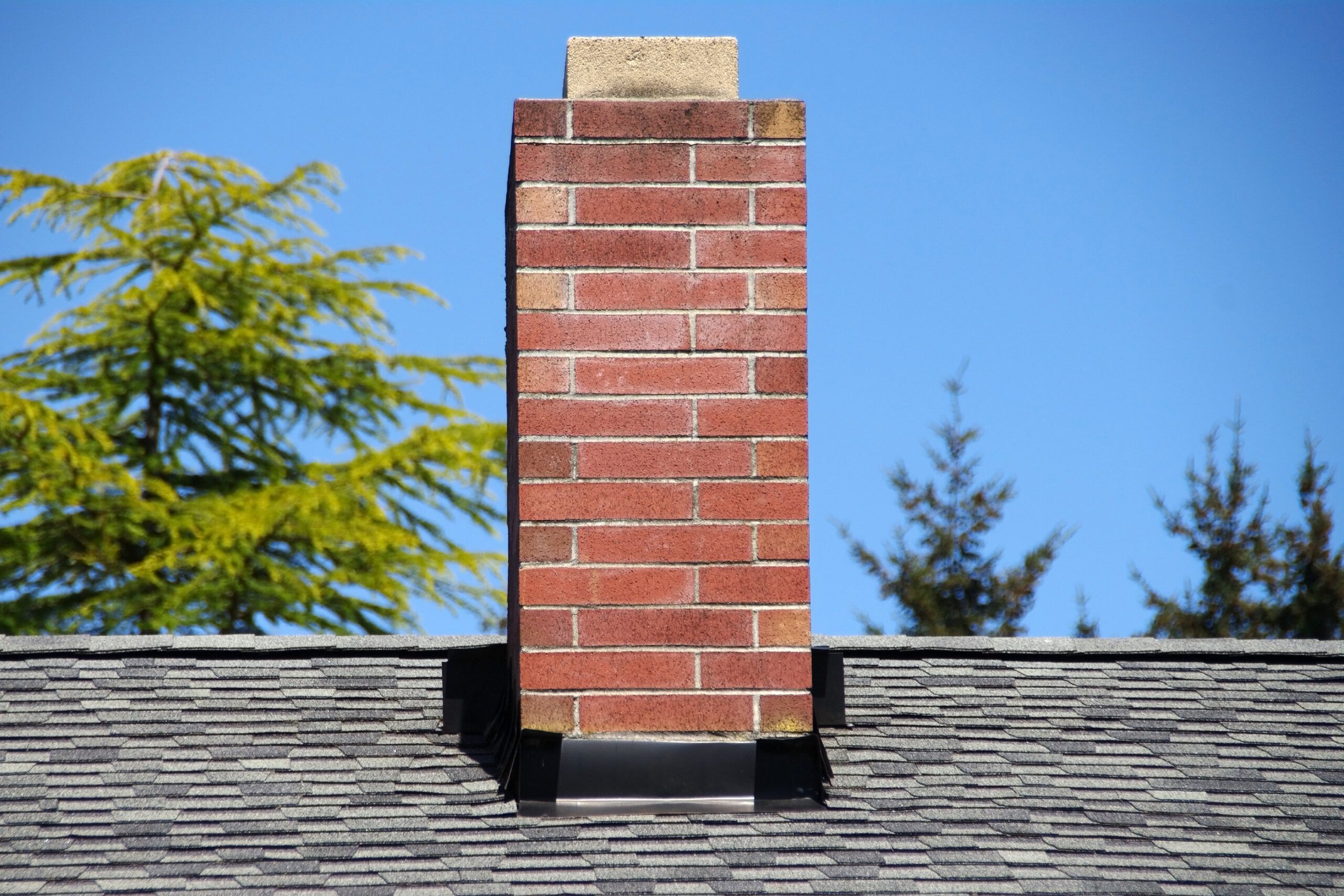
Masonry is extremely durable, and should almost always last as long as your home does. Chimneys, fireplaces, brick walls, and brick veneers all have an average life expectancy of more than 100 years.
Foundations and Framing
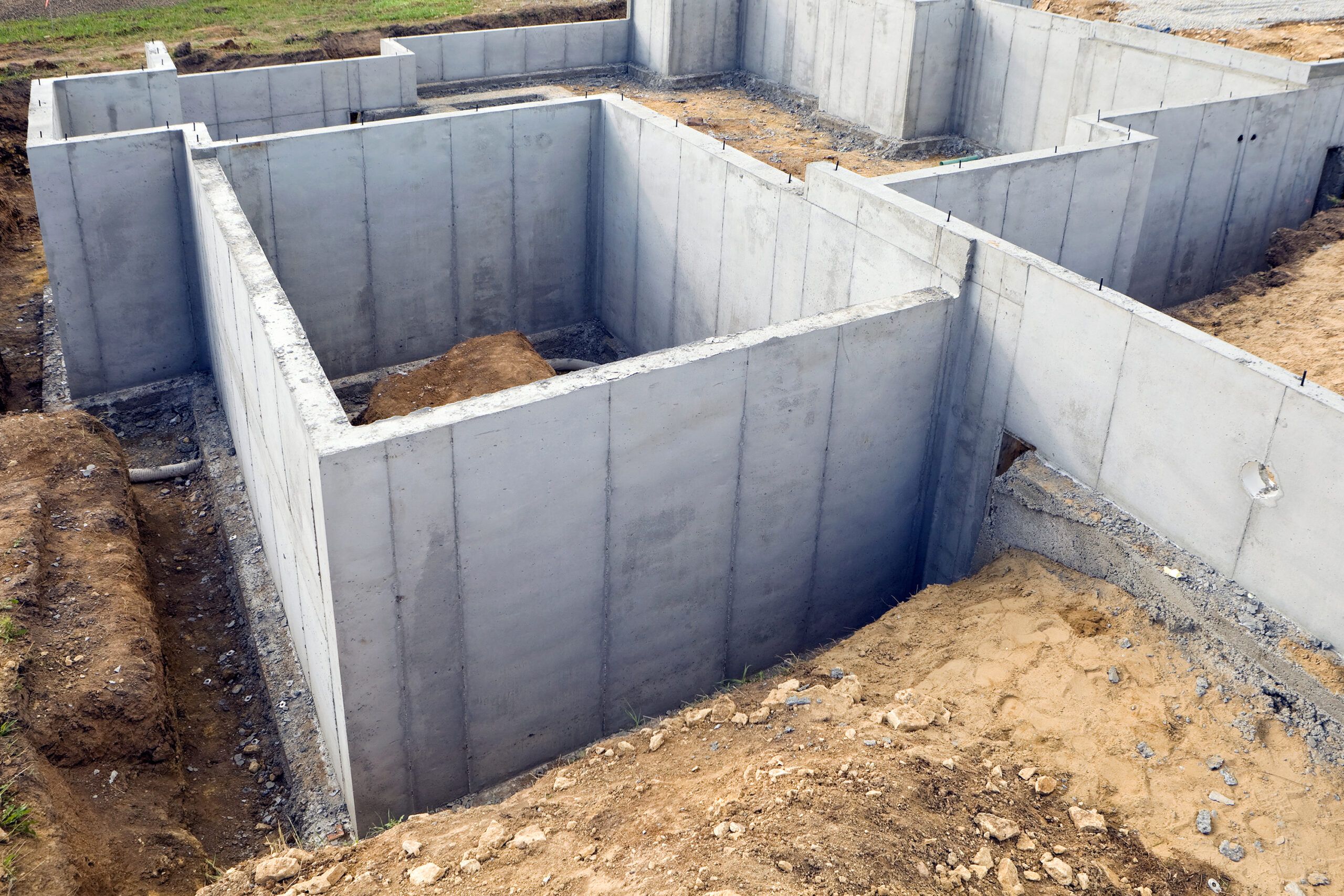
Properly constructed foundations are designed to last a lifetime. Setting or water damage may call for occasional repairs, though. The lifespans of different foundation waterproofing systems are below.
- Baseboard foundation waterproofing system: 50 years
- Bituminous-coating foundation waterproofing: 10 years
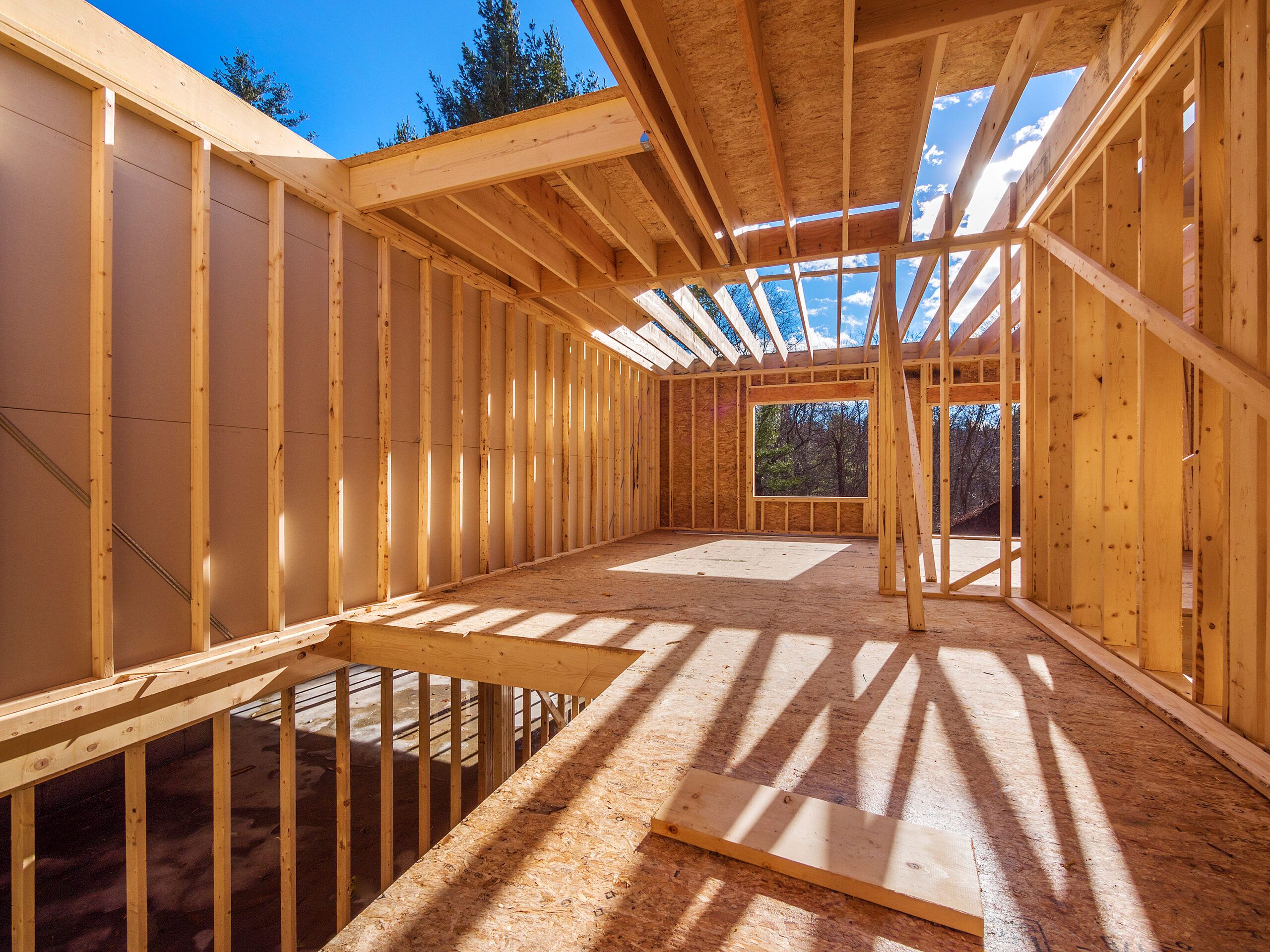
Timber frame houses and structural insulated panels should also last a lifetime.
Interior Components
Interior elements of your home have varying lifespans, and you may end up replacing them for various reasons before they wear out.
Flooring Options
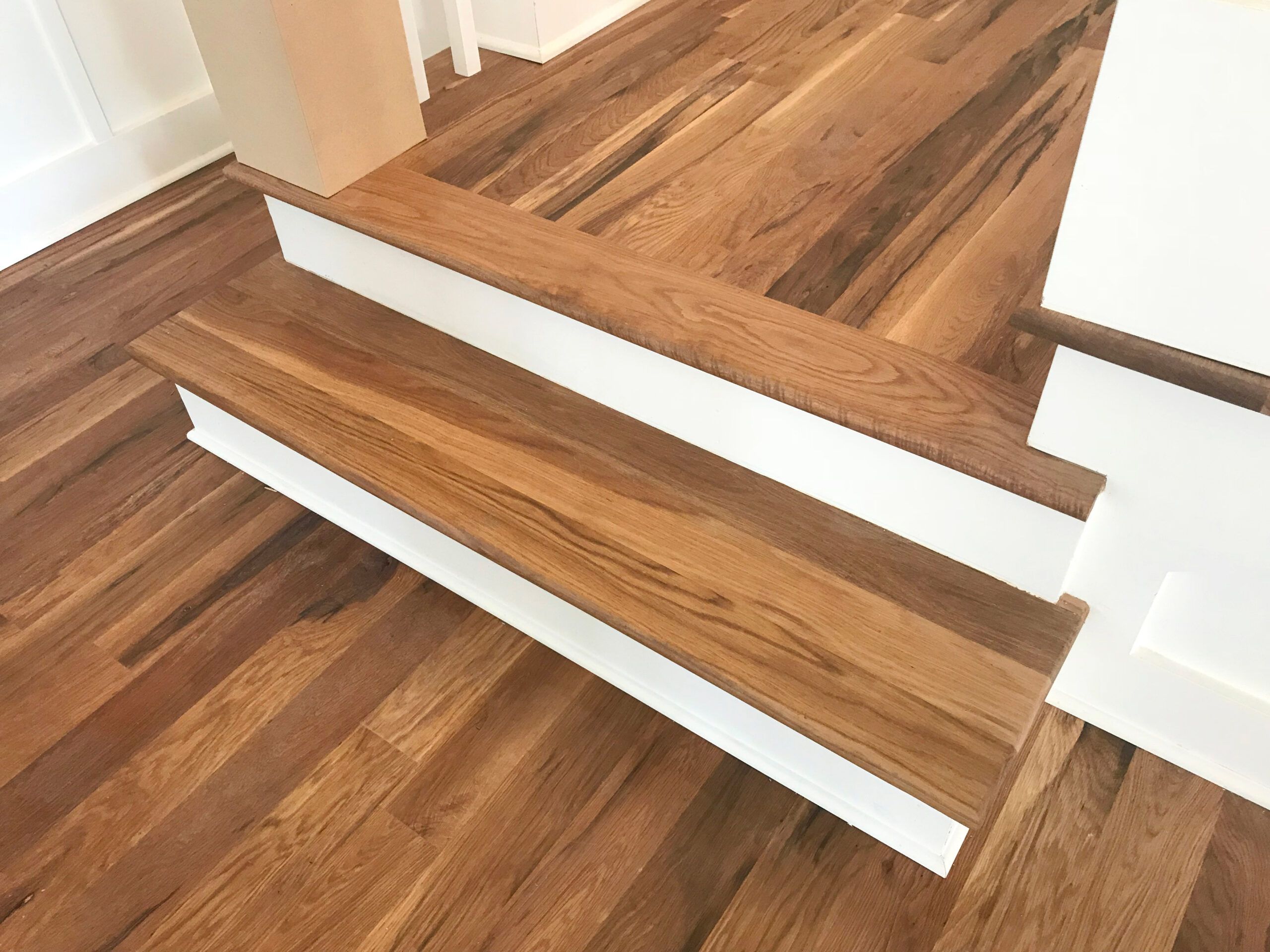
Most flooring options can last decades if you properly care for them. Clean spills as soon as you notice them, and use rugs in high-traffic areas to help extend the life of your floor. The average lifespans of different flooring types are below.
- Carpet: Eight to 10 years
- Concrete flooring: 50+ years
- Engineered wood flooring: 50+ years
- Granite flooring: 100+ years
- Laminate flooring: 25-50 years
- Linoleum flooring: 25 years
- Marble flooring: 100+ years
- Natural wood flooring: 100+ years
- Tile flooring: 75-100 years
- Vinyl flooring: 25 years
Cabinets and Countertops
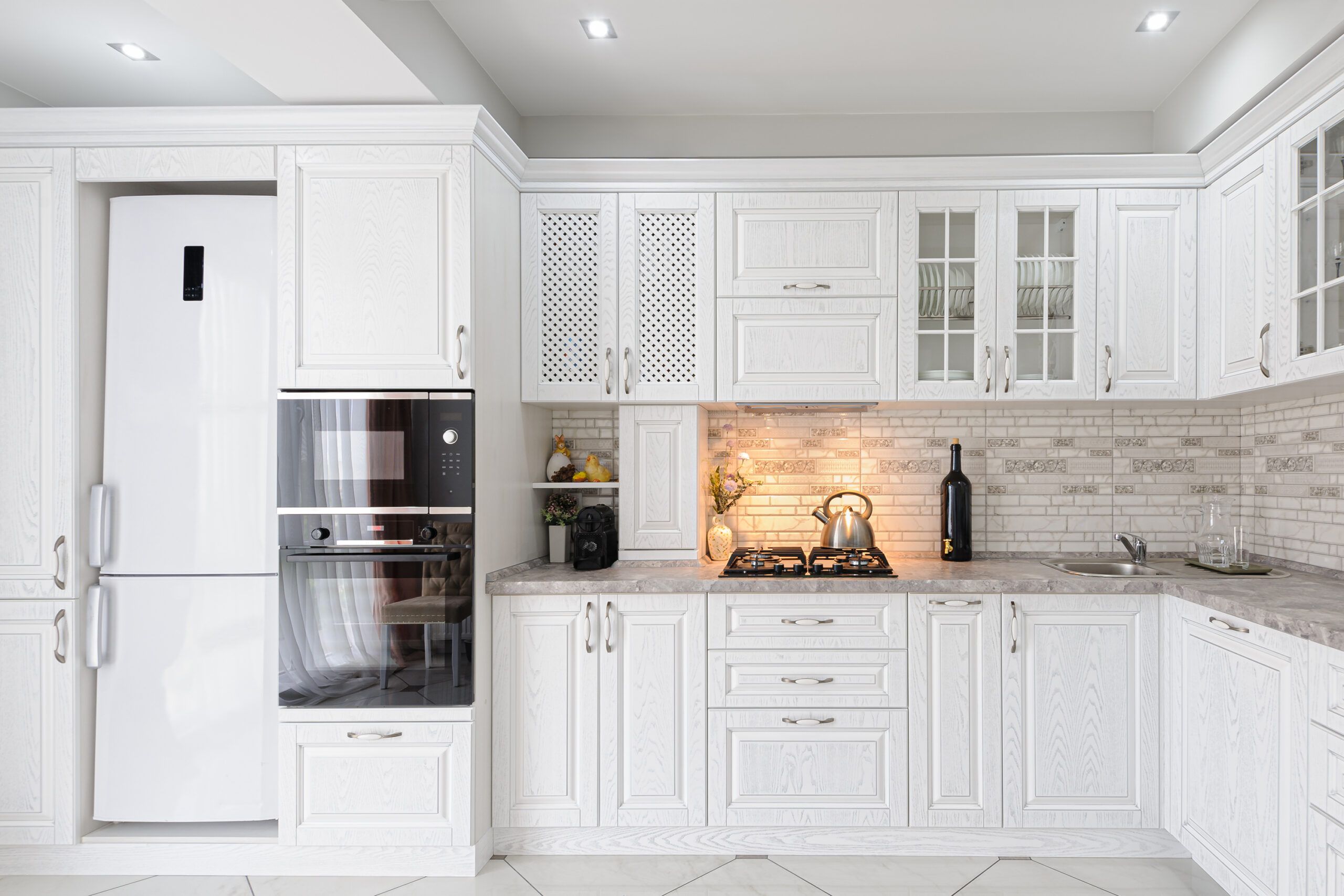
Cabinets and countertops typically have long lifespans that you can extend with routine cleaning and by avoiding the use of harsh chemicals. Read about the lifespans of different cabinets and countertops below.
- Bathroom cabinets: 50+ years
- Closet shelves: 100+ years
- Garage/laundry cabinets: 70+ years
- Kitchen cabinets: 50 years
- Medicine cabinets: 25+ years
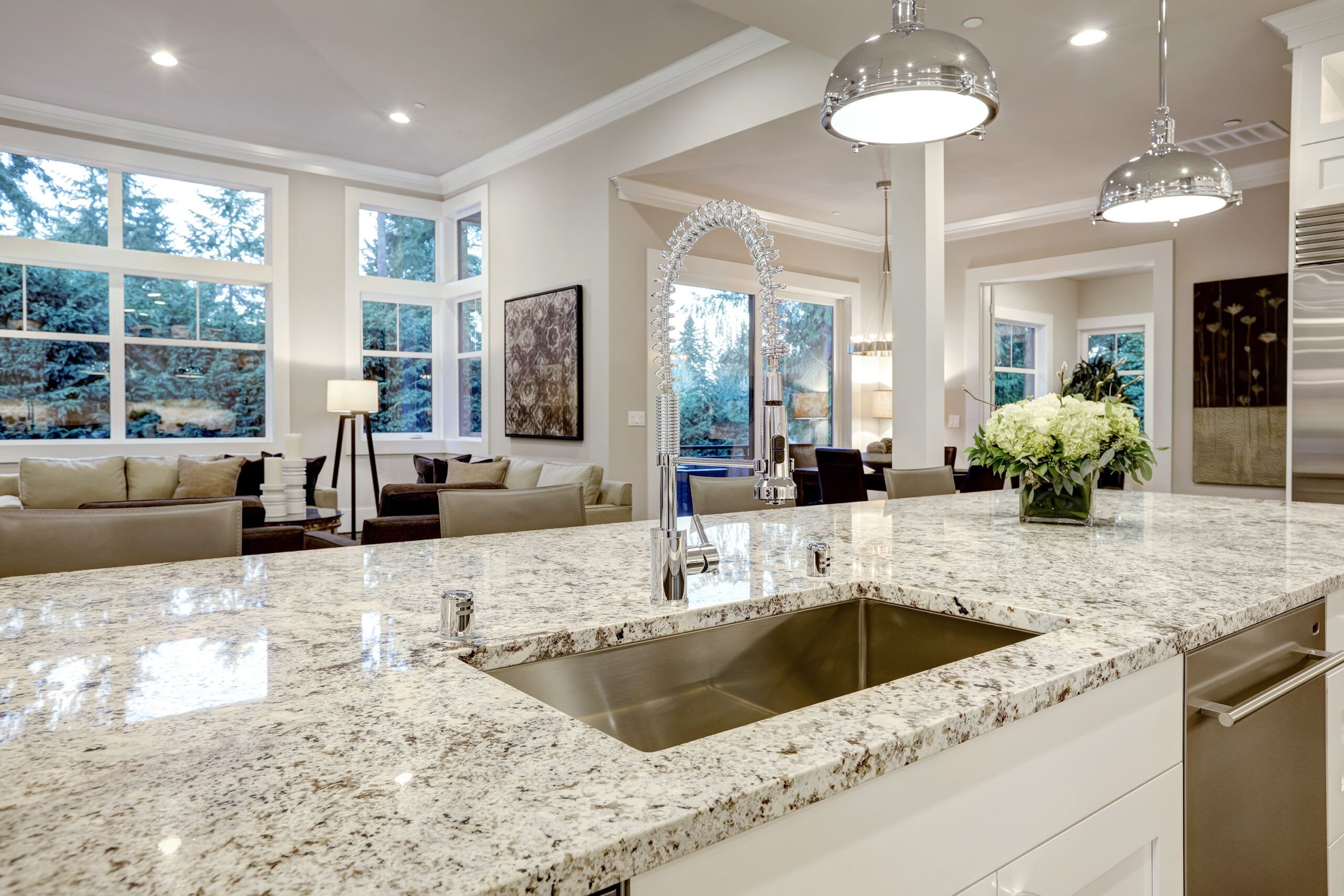
- Concrete countertops: 50 years
- Cultured marble countertops: 20 years
- Natural stone countertops: 100+ years
- Laminate countertops: 20-30 years
- Resin countertops: 10+ years
- Tile countertops: 100+ years
- Wood countertops: 100+ years
Walls, Ceilings, and Interior Paint
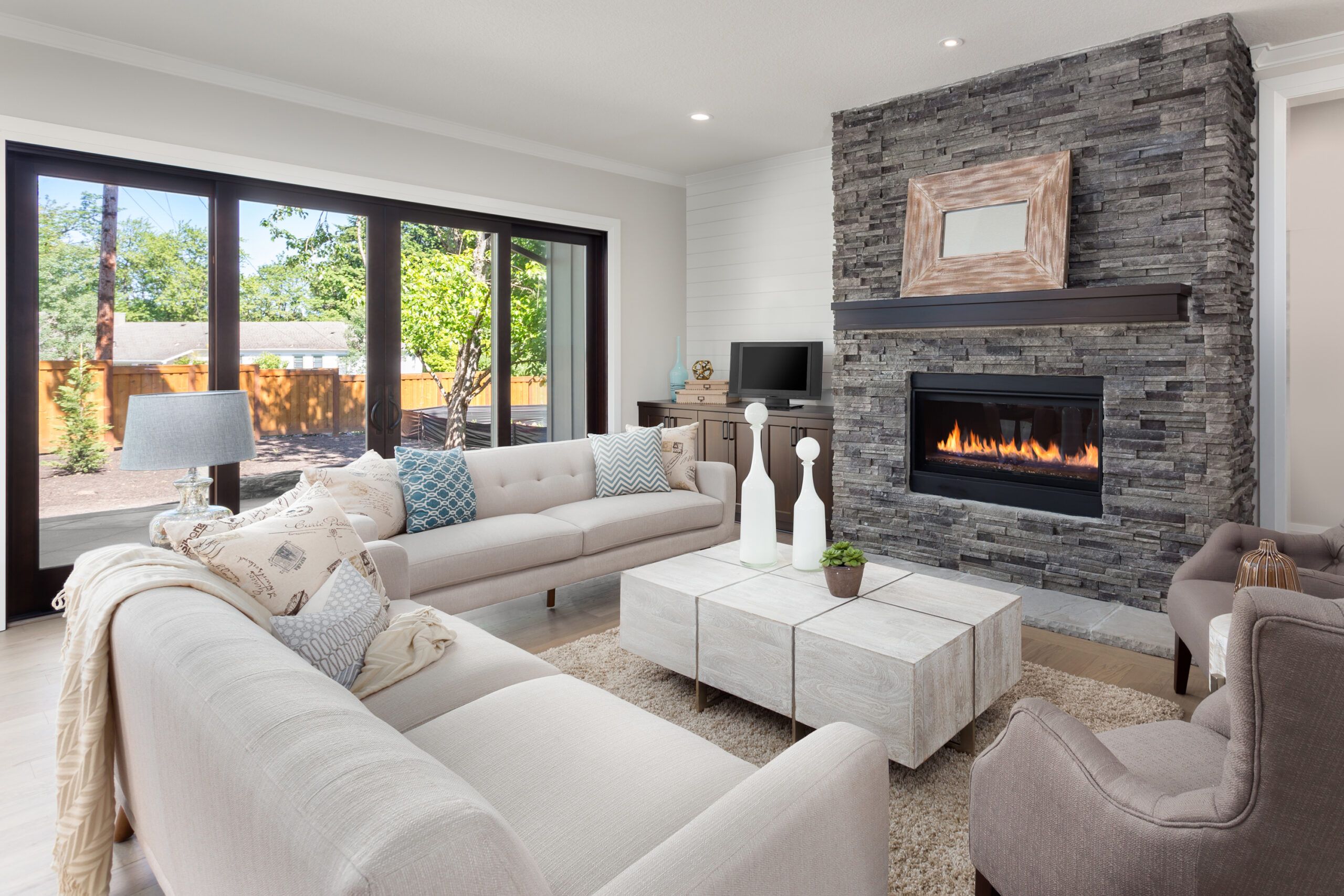
Walls and ceilings can last as long as a home, itself. Interior paint, on the other hand, needs refreshing every five to 10 years, depending on wear. High-quality paint jobs can last for 15 years or longer in low-traffic areas. Regular cleaning and prompt touch-ups can extend the life of paint.
Molding and Millwork
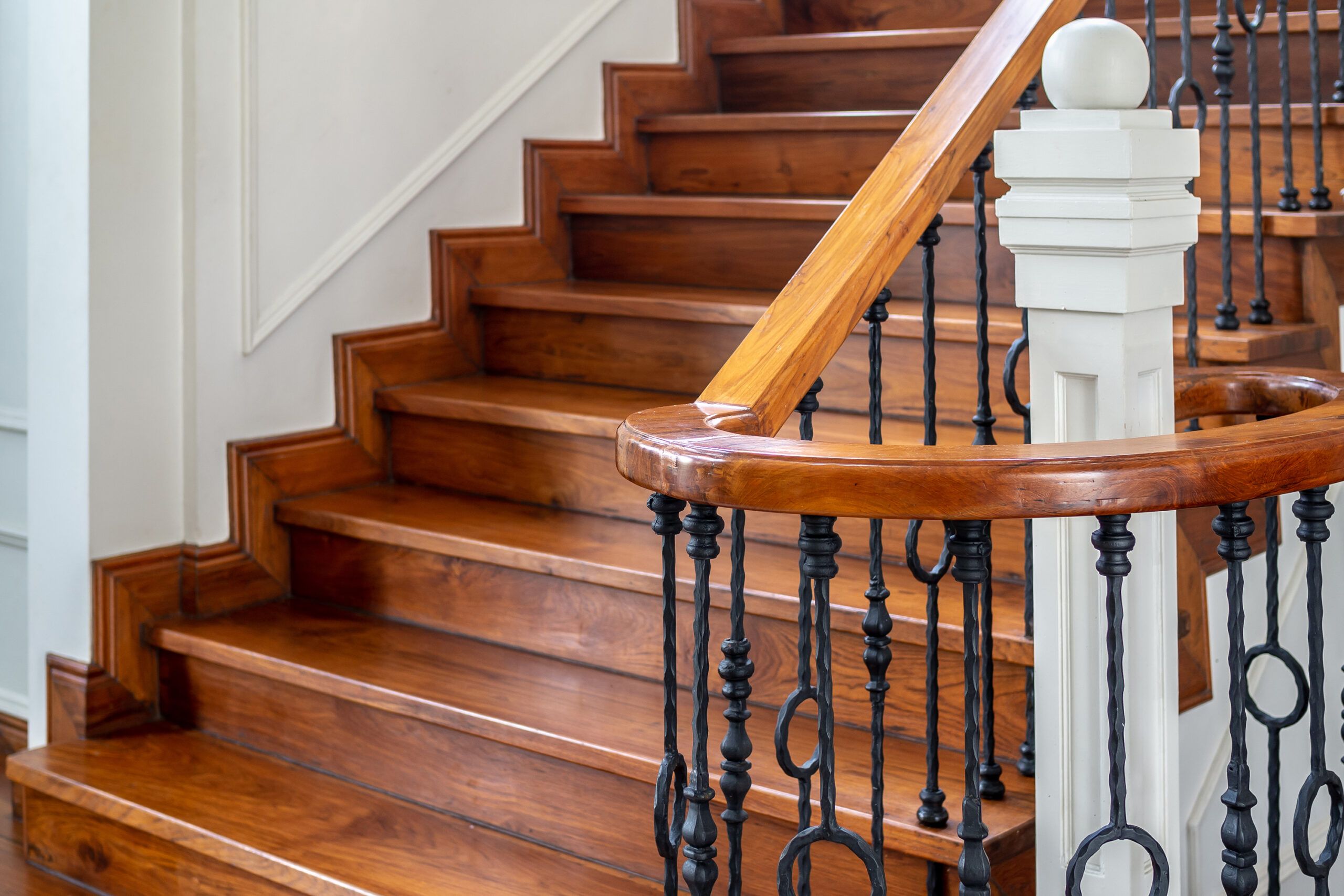
Custom millwork can last a lifetime. Different stair types, such as circular stairs, spiral stairs, prebuilt stairs, or attic stairs, can last for more than a century.
Panels
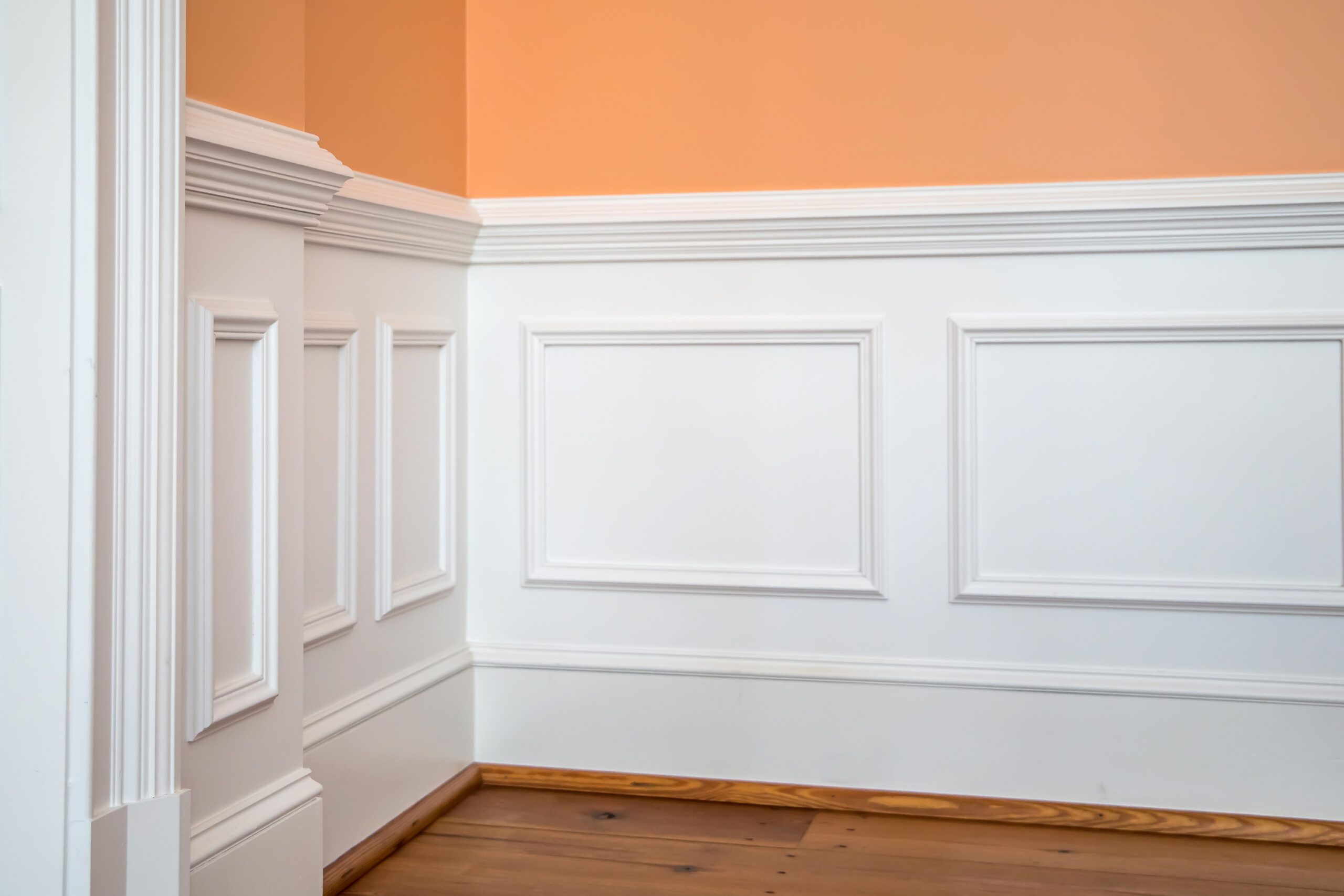
Some wall panels can last a lifetime depending on how durable they are and how frequently they’re exposed to moisture. Read about the average lifespans of different panels below.
- Hardboard panels: 40 years
- Particleboard panels: 60 years
- Plywood panels: 100 years
- Softwood panels: 30 years
- Oriented strand board (OSB) panels: 60 years
- Wall panels: 100+ years
Exterior Components
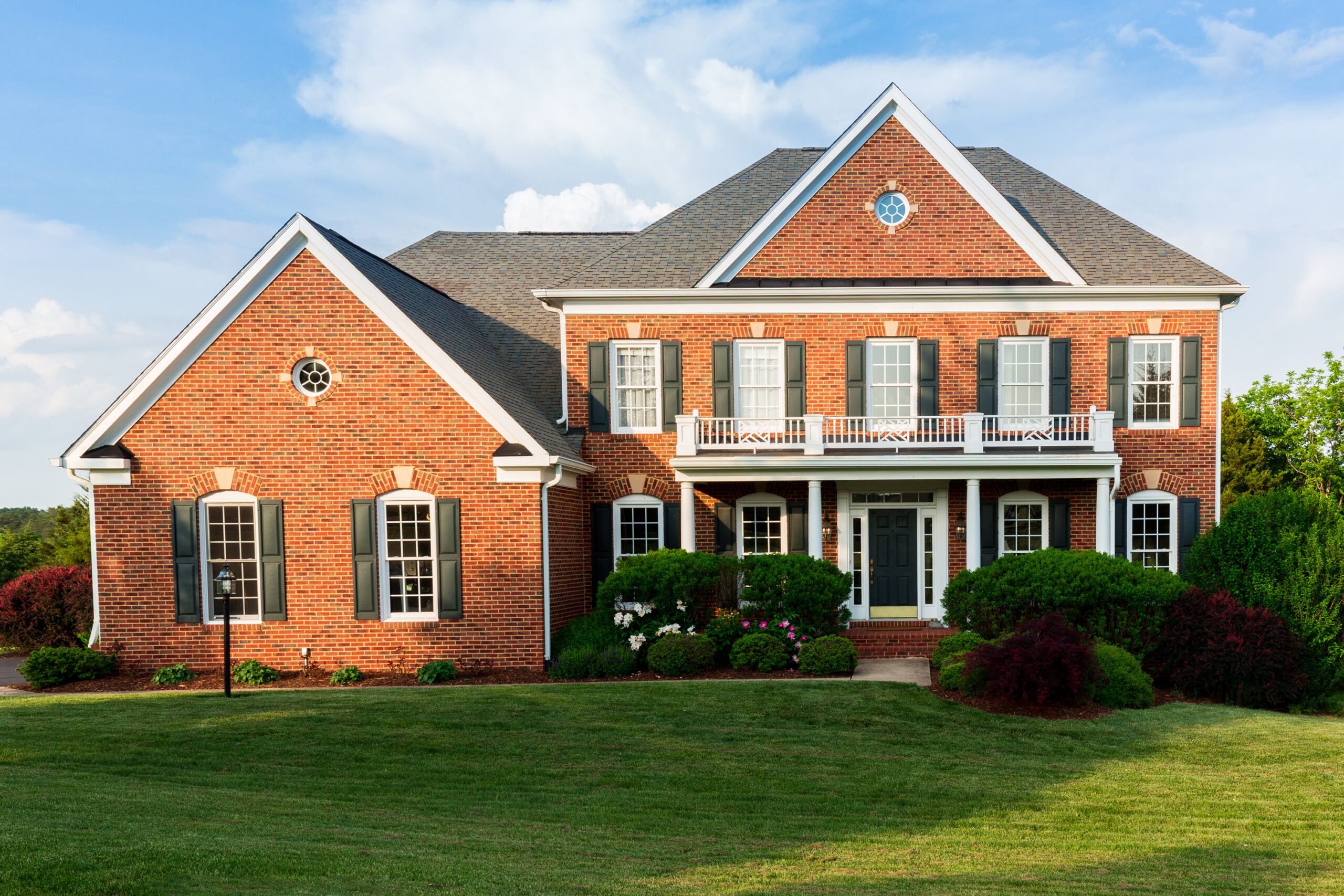
The exterior of your home is constantly exposed to the elements, which can affect its lifespan.
Siding Materials
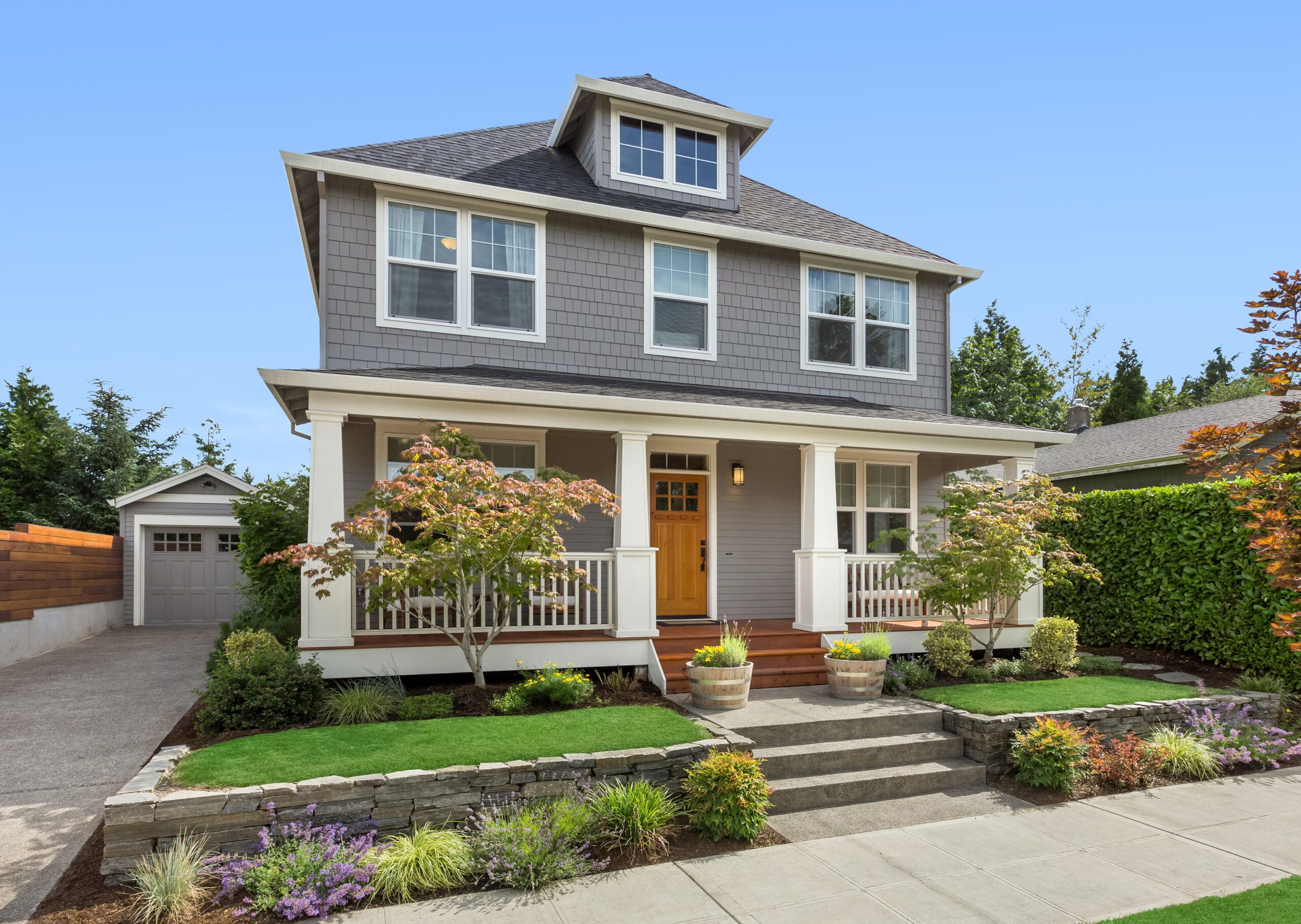
Regularly inspect, repaint, or seal your siding to protect it against weather damage and pests. The average lifespans of different siding materials are below.
- Aluminum siding: 25-40+ years
- Brick siding: 100+ years
- Engineered wood siding: 100+ years
- Fiber cement siding: 100+ years
- Stone siding: 100+ years
- Stucco siding: 50+ years
- Vinyl siding: 60 years
Exterior paint can last for 15 years or longer.
Gutters, Downspouts, and Drainage Systems
You can extend the lifespan of your gutter system with proper maintenance and regular cleaning. Remove any obstructions in downspouts, and fix any drainage system that isn’t working correctly to prevent water damage to your foundation. The average lifespans of different gutter types are below.
- Aluminum gutters: 20-40+ years
- Aluminum downspouts: 20-40+ years
- Copper gutters: 50+ years
- Copper downspouts: 100 years
Decks, Patios, and Outdoor Structures

The lifespans of different outdoor structures vary depending on materials, construction quality, and exposure to the elements. Regular staining, sealing of wood surfaces, and cleaning can help extend the life of decks and patios, the average lifespans of which are below.
- Brick and concrete patio: 15-25 years
- Deck planks: 15 years
- Structural wood: 10-30 years
Garage Components
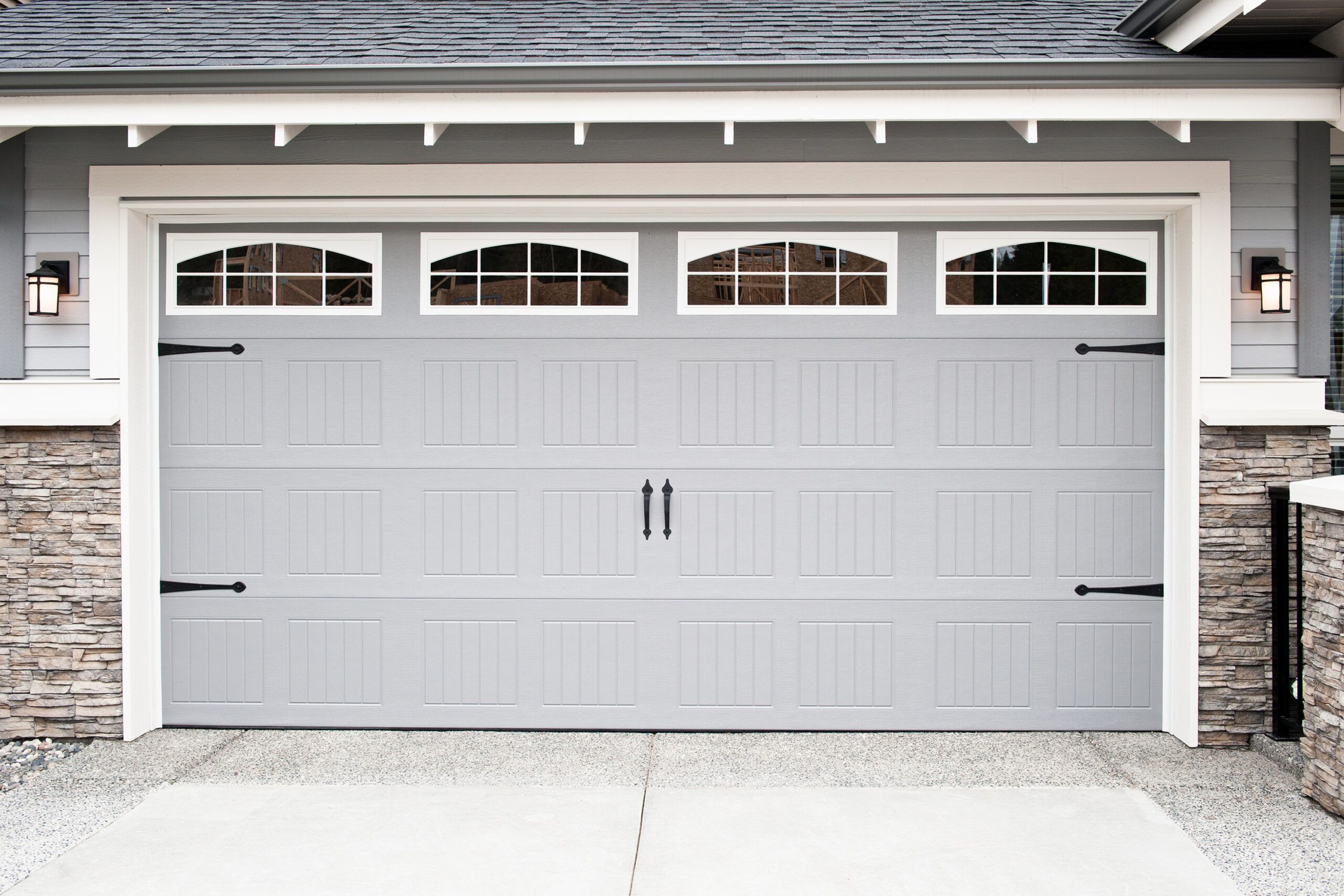
The lifespan of your garage depends on how frequently you use it. The lifespans of related components are below.
- Garage doors: 20-25 years
- Garage door openers: 10-15 years
Landscaping and Pools
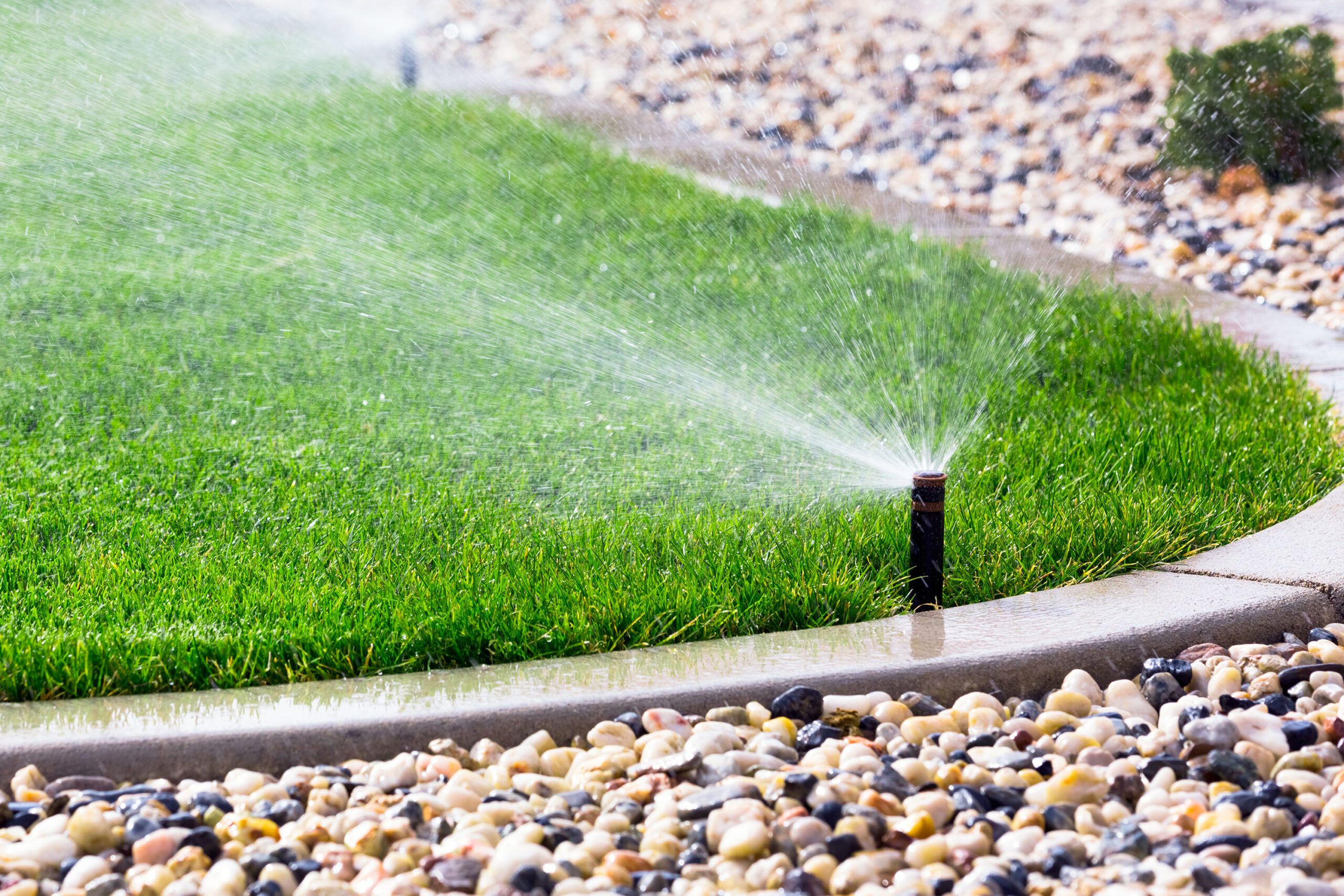
The average lifespans of landscaping elements are below, but they can change depending on how durable they are and the weather in your area.
- Concrete pathways: 40-50 years
- Gravel pathways: Four to six years
- Mulch: One to two years
- Polyvinyl fencing: 100+ years
- Sprinkler heads: 10-14 years
- Underground PVC piping: 60+ years
- Wood chips: One to five years
- Wood fencing: 20 years
The lifespans of different parts of swimming pools are below.
- Concrete shell: 25+ years
- Cover: Seven years
- Heater: Eight years
- Vinyl liner: 10 years
Plumbing and Electrical Systems
Plumbing and electrical systems require updates and proper maintenance to function safely and efficiently.
Pipes and Fixtures
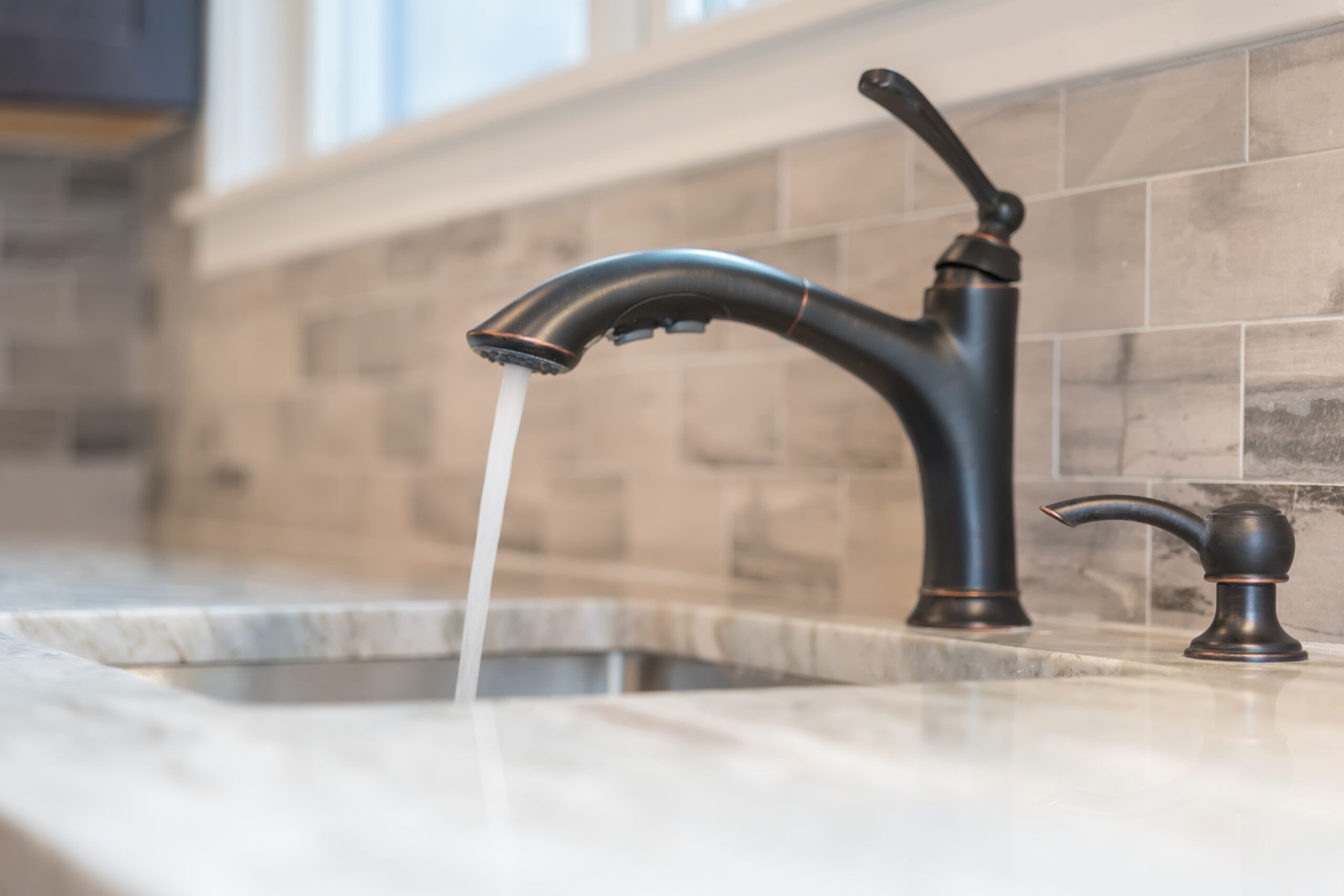
The average lifespans of different pipes and fixtures are below. Address leaks or drips promptly to help prevent issues.
- Acrylic kitchen sink: 50 years
- Cast-iron waste pipe: 50-60 years
- Concrete waste pipe: 100+ years
- Copper water lines: 70 years
- Enameled steel kitchen sink: Five to 10 years
- Faucets: 15-20 years
- Fiberglass tub and shower: 20 years
- Plastic water lines: 75 years
- PVC waste pipe: 50-80 years
- Shower enclosure: 50 years
- Shower door: 20 years
- Showerhead: 100+ years
- Toilet: 100+ years
- Toilet tank components: Five yeats
Electrical Wiring and Components
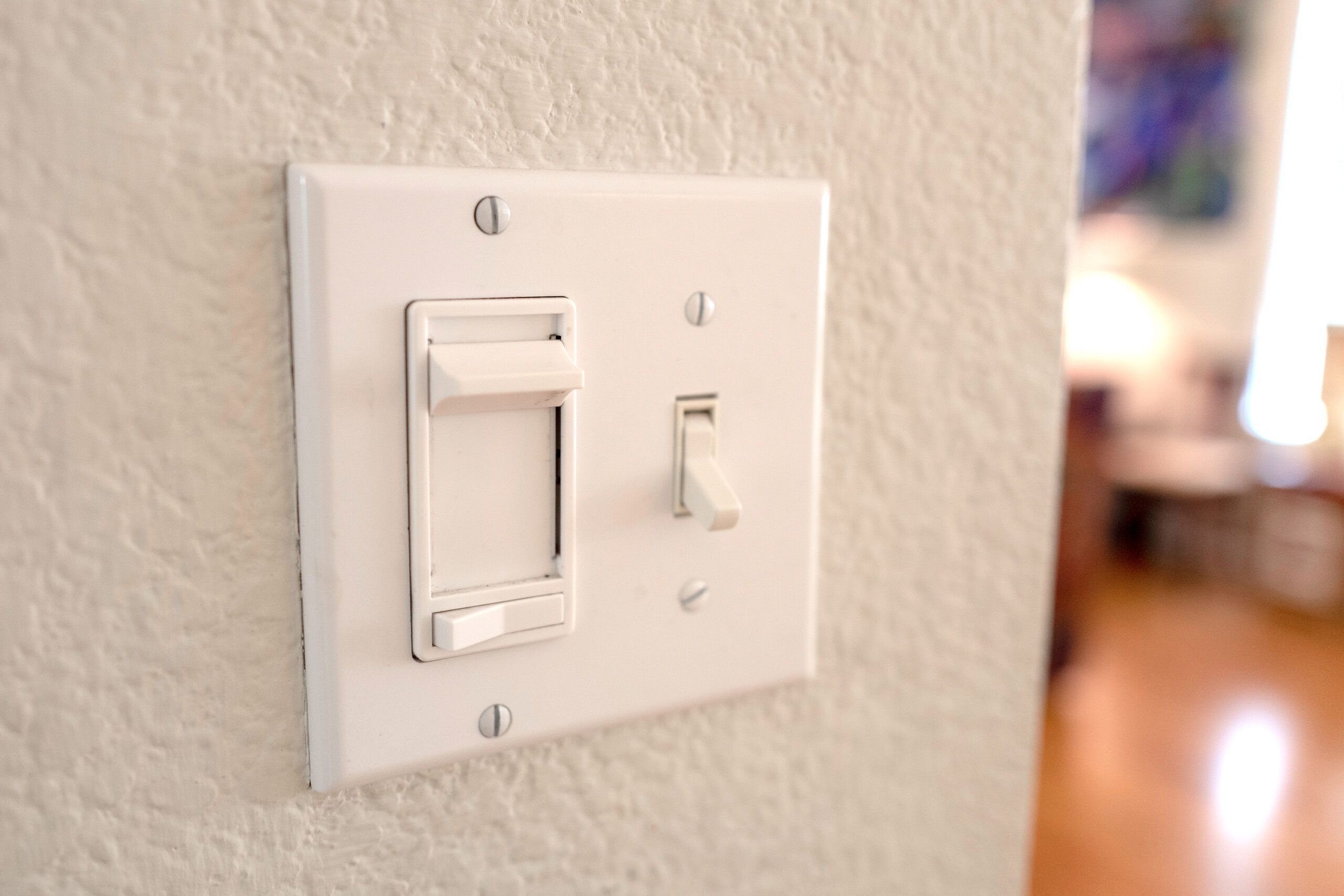
Hire a qualified electrician to regularly perform inspections on your electrical systems so that you can address issues before they become serious problems. The average lifespans of certain electrical components are below.
- Compact fluorescent bulbs: 8,000 to 10,000 hours
- Copper or copper-plated wire: 100+ years
- Fixtures: 40 years
- Light controls: 30+ years
- Solar panels: 20-30 years
Home Technology
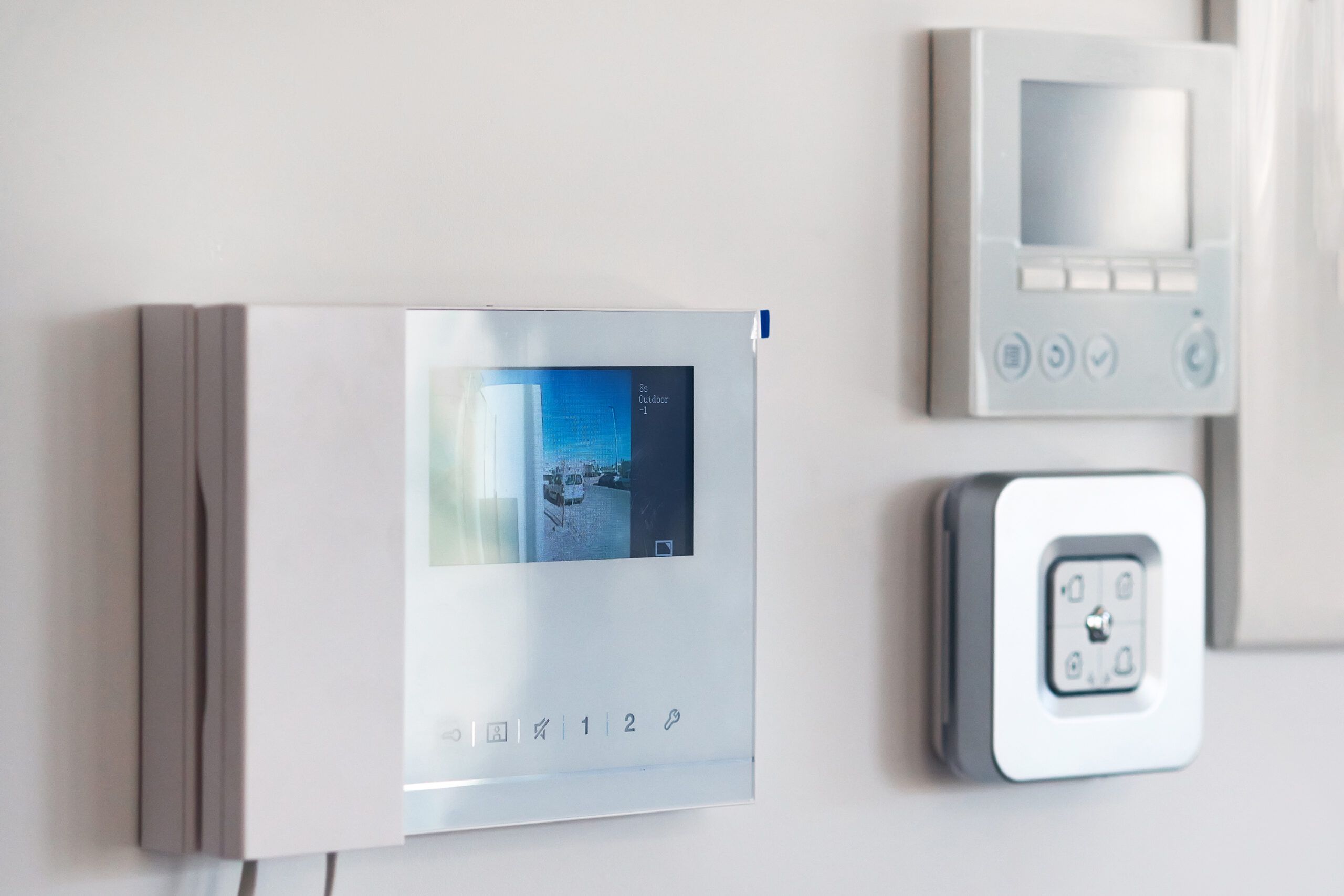
You’ll need to replace certain home technology components and batteries periodically. The lifespans of different systems are below.
- Carbon monoxide detectors: 5 years (replace batteries annually)
- Security systems: Five to 20 years
- Smoke detectors: Less than 10 years (replace batteries annually)
Other devices, such as wireless routers, need replacement every few years, though many homeowners replace them more frequently as technology advances. Keep firmware updated, and regularly check for security vulnerabilities.
Home Maintenance: Extending the Life of Your Components
Regular maintenance can significantly extend the life of your home’s components and systems. Understanding how long different systems typically last can help you to stay on top of maintenance tasks.
Regular Inspection and Upkeep
Regularly inspect your home’s systems and components to identify issues early. Seasonal maintenance, such as cleaning gutters and checking HVAC systems, can prevent premature wear and extend the lives of these components. Scheduling professional inspections for roofing, plumbing, and electrical systems can also help to catch issues before they escalate.
When to Repair vs. When to Replace
Consider a certain home component’s age, potential repair costs, and expected remaining lifespan when deciding whether to repair it or replace it.
Our Conclusion
Knowing the expected lifespans of your home’s components can help you to manage your home and budget for improvements. This data can help you to make smart decisions about when to maintain, repair, or replace various elements, which will keep your home comfortable, efficient, and valuable for years to come.
